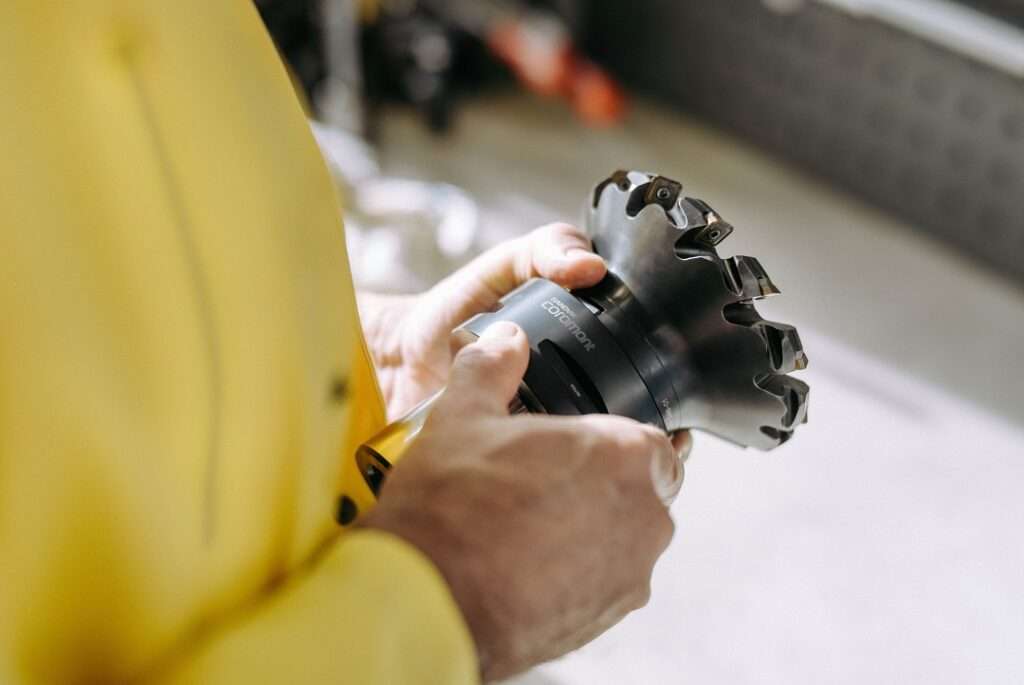Tata Motors, India’s leading commercial vehicle manufacturer, has rolled out air-conditioned cabins across its full truck lineup, including SFC, LPT, Ultra, Signa, and Prima models. For the first time, this upgrade also extends to cowl variants. The company has also introduced multiple enhancements, such as increased power output, further elevating vehicle performance and driver experience.
Rajesh Kaul, Vice President and Business Head – Trucks, Tata Motors Commercial Vehicles, said, “Equipping our trucks with air-conditioned cabins and cowls marks a step forward in improving driver comfort. A more comfortable cabin helps improve driver efficiency and productivity. Alongside meeting regulatory norms, we’ve used this opportunity to add meaningful upgrades, shaped by customer feedback and driven by engineering expertise. These changes are designed to optimize operating costs and strengthen fleet owner profitability.”
The new AC system features two operating modes—Eco and Heavy—ensuring efficient cooling based on usage conditions. Tata’s heavy-duty vehicles, including tippers and long-haul trucks, now come with increased power ratings of up to 320hp, offering improved drivability and load-handling. Fuel economy has also been optimized with smart features such as auto engine shut-off during idling and a voice messaging system that provides real-time alerts to drivers.
Tata Motors backs this vehicle refresh with a strong support framework through over 3,000 service touchpoints across India. The company’s SampoornaSeva 2.0 initiative offers end-to-end vehicle support, including roadside assistance, quick service response, annual maintenance contracts, and easy access to genuine parts. In addition, Tata Motors continues to offer connected fleet solutions through its Fleet Edge platform, enabling transport operators to track vehicle health, monitor usage, and lower maintenance costs—ensuring maximum uptime and operational efficiency across their fleet.







